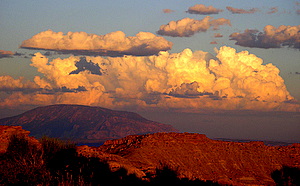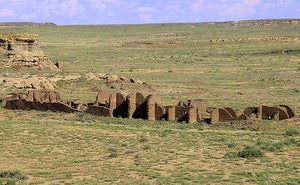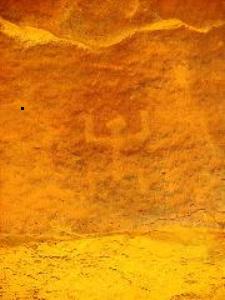There is no question that all over the world the competing interests in the Open XML standardization process are going to use all tactics available to them within the rules. - Microsoft's Director of Corporate Standards Jason Matusow
Those on both sides of the ODF vs. OOXML competition are always accusing each other of spinning and misrepresenting each other's actions and statements. It's fair, and even important, for both sides to call each other out on actual misrepresentations, since the public is rarely, if ever, going to have first-hand knowledge to rely on. But when one side calls the other out, how does the public know which one to believe?
That's where what historian's call "primary sources" come in – not second hand regurgitations and repackagings of what someone else said, but the words themselves that someone said or wrote, straight from the source, complete and unedited.
Right now, you're hearing all manner of second hand accounts of what's going on in Portugal, South Africa, Switzerland, and other places around the world as the Fast Track process for Ecma 376 (the specification built on the Microsoft Office Open XML, or OOXML, formats) winds to a climactic finish. But which side should you believe, when you can't be in the room to hear what was actually said, and by whom? Is one side really consistently making misrepresentations, or is that just FUD spinning by the other side?
Interestingly, I've often found that the farther afield you go from the center of the conflict between ODF and OOXML (and therefore the farther you are from public reporting and scrutiny), the less careful people become. As a result, in such places the public statements made more closely match what you hear second hand from the US and European bloggers, because the chance of a call out is less. But why believe me? After all, this blog post is about primary sources.
Well, here's a chance for you to make your own judgment, based upon a primary source rather than a subjective call-out. That primary source is a statement posted by Microsoft SA (as in South Africa) at a PR site called MyPressportal, urging the South African National Body to vote "yes" on OOXML. The version below is complete and unaltered.
 Summer is the time of storms in the deserts of much of the Southwest, just as it is the time of intense heat. Except for its mountainous areas, the Southwest receives most of its meager precipitation in this way. The weather systems that form the thunderstorms of summer are thus vital to the cycle of desert life, and were they ever to fail, so, too, would most of what lives in these dry regions.
Summer is the time of storms in the deserts of much of the Southwest, just as it is the time of intense heat. Except for its mountainous areas, the Southwest receives most of its meager precipitation in this way. The weather systems that form the thunderstorms of summer are thus vital to the cycle of desert life, and were they ever to fail, so, too, would most of what lives in these dry regions. I hadn't thought about it before I reached Utah, but once I neared the border I knew where I wanted to hike first when I arrived. Six years ago, I took a month-long, solo cross-country trip to hike and write in the Southwest. Then, as now, what I wanted to see most was Spirit House.
I hadn't thought about it before I reached Utah, but once I neared the border I knew where I wanted to hike first when I arrived. Six years ago, I took a month-long, solo cross-country trip to hike and write in the Southwest. Then, as now, what I wanted to see most was Spirit House. I did not visit the ruins of
I did not visit the ruins of  When you think of spectacular Native American ruins, you're likely to first envision the magnificent cliff houses of Mesa Verde, and their cousins in the Four Corners region of the Southwest. But there are less-well known and equally dramatic sites that can be found near the intersection of Utah, Colorado, Arizona and New Mexico, with the grandest to be found in and near Chaco Canyon.
When you think of spectacular Native American ruins, you're likely to first envision the magnificent cliff houses of Mesa Verde, and their cousins in the Four Corners region of the Southwest. But there are less-well known and equally dramatic sites that can be found near the intersection of Utah, Colorado, Arizona and New Mexico, with the grandest to be found in and near Chaco Canyon.